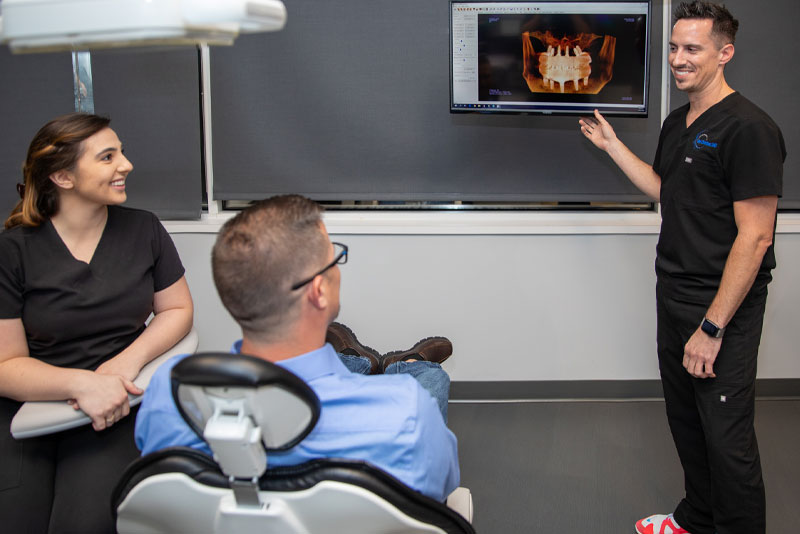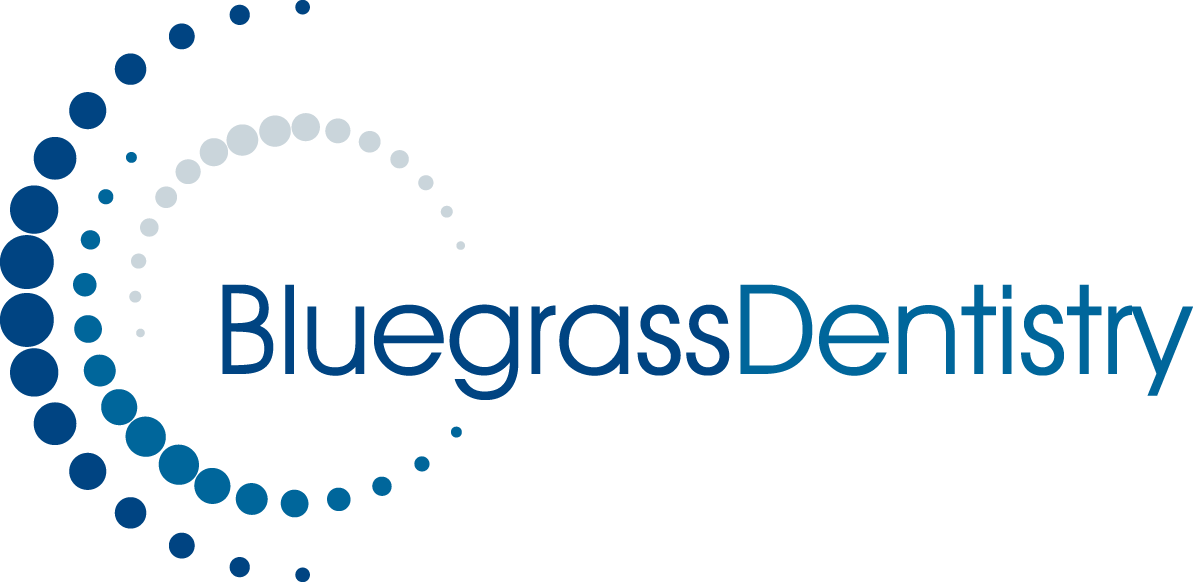Dr. Seth Chambers Discusses The Full Arch Process At Bluegrass Dentistry
Share on Social Media

Patients call in, they want to talk about what are their options to replace teeth. When we look at full-arch cases, the first thing we do is bring them in and just discuss what’s available to them. What options do they have? What does their case look like to them? What are their goals and where do they want to see themselves at the end of the process? Once we make those initial decisions on where we want to go, then we do a 3D scan, and that 3D scan will show me how much bone they have in different areas and what do I have to work with and how can I build their case to give them the end results that they’re really looking for? From there, we take a lot of photos. We start looking at the patient, their smile line. Where does their lip line end right now? We want to see where that prosthesis is going to end up so that we can always hide the transition between the prosthesis and the tissues so that when you smile real big, you don’t see this thing. We want it to look very natural, very aesthetic and I don’t want people asking questions about it thinking it’s not real.
From there, then we start the design process. So that’s where I’m going to build it around them, what is going to look at the best with their facial features. What colors of teeth will look best with their skin tones? I start that thought process. Even though a lot of that’s going to happen down the road, we want to start thinking about that right off the bat. The end result is where I start and then I build my way backwards from there. So once I have an idea of where we want to go at the end, then I’ll start designing everything digitally. Where do we want to place these implants? How many do we want to end up with? How can I place them to immediately load that case same day so that when we take teeth out or when we place those implants, that patient can leave with that final prosthesis that day? So you come in all at once, we start it and you leave with teeth, you go home, you can start eating soft foods that day. On the day of surgery, you’re going to come in. It’s a full day. It’s a fun day for me. The patient won’t remember a whole lot of it because they’re going to be IV-sedated. So they’re going to have someone bring them in. We’re going to start the sedation process and then we get the ball rolling and move as efficiently as we possibly can.
We take breaks for the patient. Even though they might not remember things occasionally, they need to leave for a minutes or take a break themselves. So we’re going to take those breaks, but then we’re going to keep moving forward through the process as efficiently as possible to get them healed up and have this smooth transition from them going from either no teeth or teeth that are painful or broken down to that fully functional set of teeth that they’re going to leave with at the end of the day. A lot of patients will leave with their final prosthesis within three to four months. That’s typically my goal is so you’re placing implants and this is in a healthy individual. We’re going to place those implants. They’re going to integrate within that bone or becoming part of your body. In a three or four-month time frame, we are designing your final case and we’re going to 3D-print are trying to verify our in aesthetic results before we know the final prosthesis. Some cases, I need to graft bone. Those cases can take a little bit longer. Like any case, we don’t plan the case based on the bone, we plan the case based on where I need the implant to be. You can have place an implant anywhere you want, it doesn’t mean it’s in the right position. Ideally, that’s where we look at the end results first and knowing where we need to place those implants.
In a lot of cases, I need to graft bone and in some of those places, that bone can be grafted and three months later I can place the implant. Sometimes I can graph the bone and place the implant immediately. It’s all case-dependent. It’s only one of those cases if you’re healthy individual can bury, usually you’re still looking at a three to four-month process. Ideally the first three to four weeks can be me designing the case, getting things ready from the lab perspective in order to place those implants same day and deliver that prosthesis. Usually three to four weeks to do the surgery. Once we do the surgery, that’s another three months roughly. Four months on the long end for most patients before they’re out the door with their final prosthesis and then just coming in for cleanings. But I like to involve the patient in the case as much as absolutely possible. I always tell my patients that this is your body and it’s your decision and it’s very important that you know every step of the process as we move forward.
So you know what to anticipate and what we’re going to do and in what order and what your timeline will be and so from the start, I’ll start showing digital images of the patient so we can know where exactly we’re going to place the implants, where our problems may be and what my expectations are once we start surgery. From there, the other the next step is to do the 3D printed try-in after we’ve got the final prosthesis starting to integrate. That way they can verify their smile. Not only do they get to see it, I get to see it as well. A lot of times I’m going to tell my patient, I’m going to be pickier than you. It’s true because, well, I’m really picky about the work that’s leaving this office. I don’t want people to think that it’s not their real teeth. I want to verify that so we know where we’re going to go at the end results. If I don’t like something when I’m seeing it in a digital try-in or in a 3D printed try-in, then we’re going to redo that printed try-in not to make it take longer but because these are things that you’re going to wear for decades. So we take a day or two here to make sure that things are perfect for years and years to come.
Choose quality, high-end dental care.
Don’t wait to schedule your first visit with Bluegrass Dentistry!

